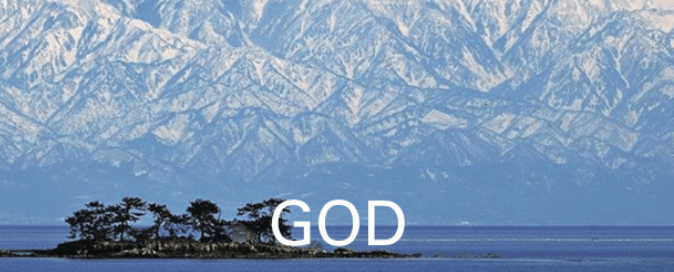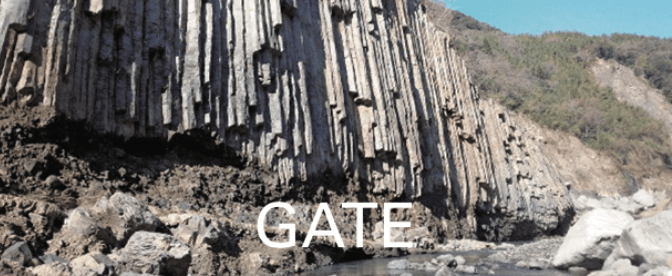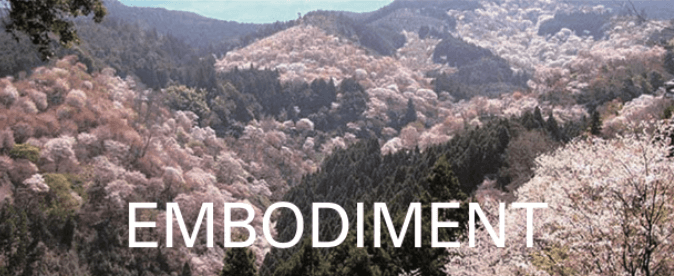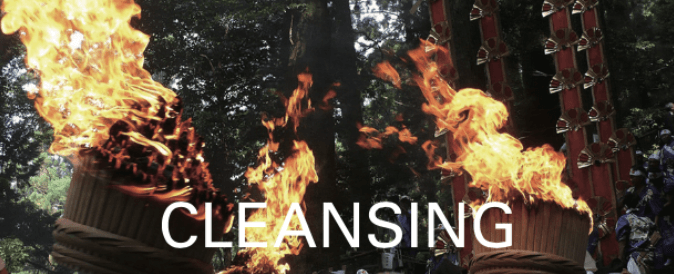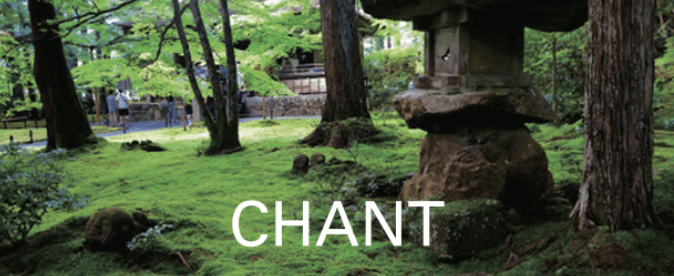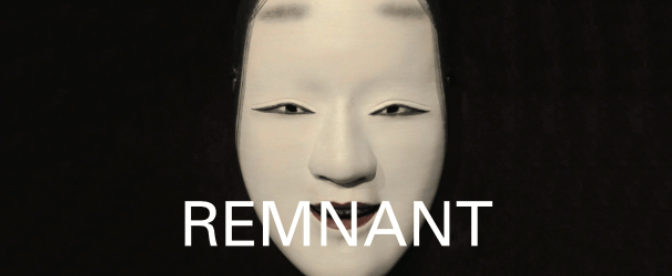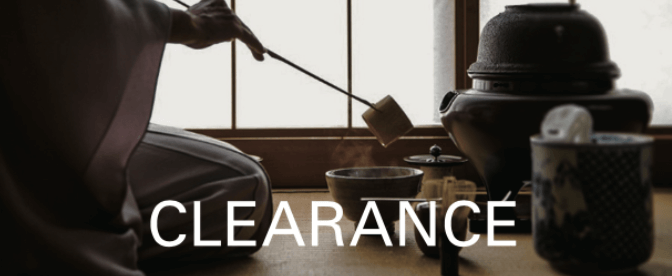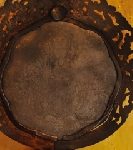
This shrine is located in Toyokawa Daisen Akita. It enshrines the only national treasure in Akita Prefecture, the Mirror with Inscribed Senju Kannon the Buddhist Goddess of Mercy with a 1000 arms. It is made of bronze with a diameter of about 13.5cm. The standing Senju Kannon in the center, Hachibushu, the eight guardian disciples of Buddhism in the round and Basosen, the Vasus, the deity of Hinduism and Kudokuten. Laksmi, the Goddess of Hinduism, brings wealth and good luck are drawn in the back of the mirror.
This mirror was brought to this place by Sakanoue no Tamuramaro (758 – 811), the first Shogun, Great General, from the capital of Kyoto as his protective deity. The mysterious beauty conveys Shinbutsu-shugo, the syncretism of Shintoism and Buddhism, and Japanese style.

Natori City has many ancient ruins. There is the oldest ancient tomb in the Tohoku region, the northernmost six prefectures of Honshu Island in Japan. These seem to be from the 3rd and 4th centuries. In the mid slope of Mt. Takadate (124m), in the northwestern part of the city, is Kumano Nachi shrine.
In 1899, when this Shrine was rebuilt, many Hanging Buddha image plates and bronze mirrors were excavated from under the shrine floor. Hanging Buddha image plates are a form of prayer for Shinbutsu-shugo, the syncretism of Shintoism and Buddhism. That expressed Buddha with Sanskrit characters and a three-dimensional Buddha image on a sacred mirror that was originally held at a shrine.
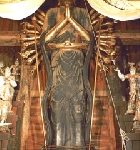
The principal image of this temple is the statue of an eleven-faced Kannon, the Buddhist Goddess of Mercy, with a 1,000 arms, which was engraved in 808 with the spirit of Itto Sanrai. He carved a stroke in a large tree and prayed three times after every stroke. Tachiki, the standing tree with roots attached, in the story of a dream of Kobo Daishi Kukai (774 – 835), the founder of the Shingon sect, or Tokuitsu (749 – 824), a scholar-monk who founded many temples in northeastern Japan. The statue is one of the largest wooden statues in Japan, with a height of about 8.5m, carved from one tree.
Tachiki Kannon-do, the temple dedicated to Kanon, the Buddhist Goddess of Mercy, has a thatched-roof and is purely traditional Japanese-style architecture from the Kamakura period (1185 – 1333), where the 28 attendants of Kannon, Fujin, Wind God, and Raijin, Thunder God, are enshrined beside the statue of the principal image.

Butsuto, a thriving Buddhist city of Aizu, started in the beginning of the Heian period (794 – 1185), by Tokuitsu (749 – 824), a scholar-monk of the Hosso sect of Buddhism. He founded many temples in northeastern Japan. Many Buddhist statues from the 9th century remain at this temple in Aizu Yugawamura Village. It is said that Tokuichi was involved in the making of those statues.
One is called Aizu Chuo Yakushi, the wooden seated statue of Yakushi Nyorai, the Buddha of Healing, which is thought as the center of Aizu Goyakushi, Five temples in the Aizu region that worship Yakushi Nyorai, and were founded by Tokuitsu.
The halo has a unique, engraving style from the beginning of the Heian period (794 – 1185) and is made of cedar boards jointed parallel with an arabesque relief pattern. It is the only National Treasure statue of Buddha in the Tohoku region.
